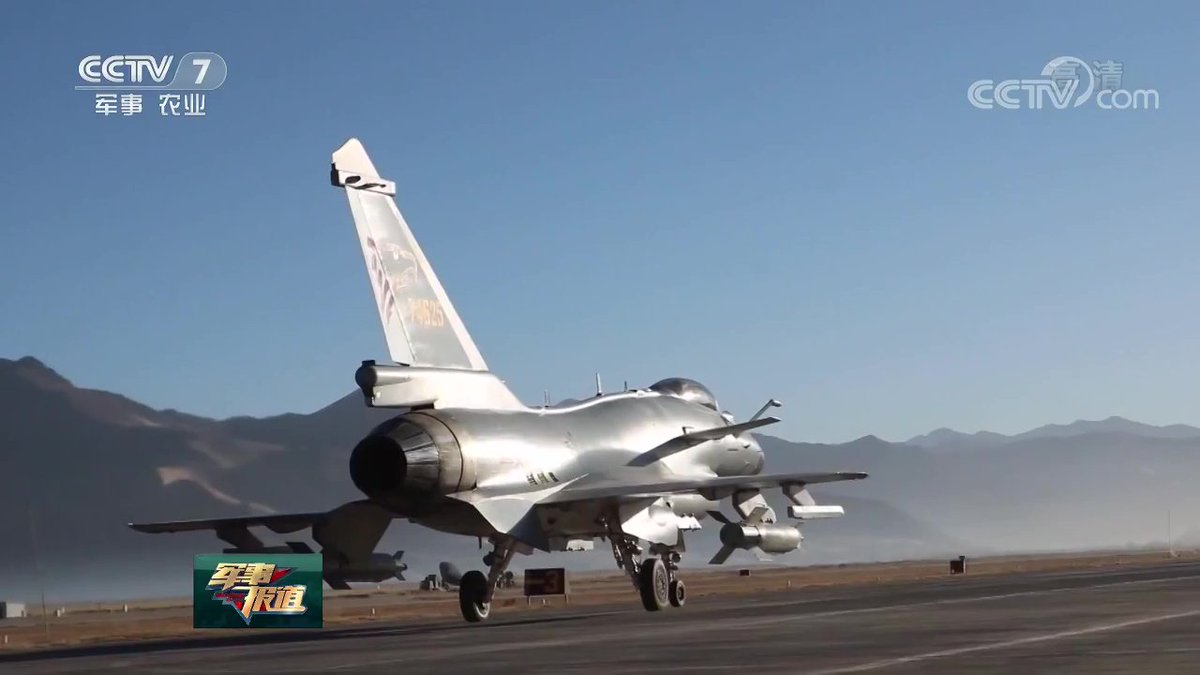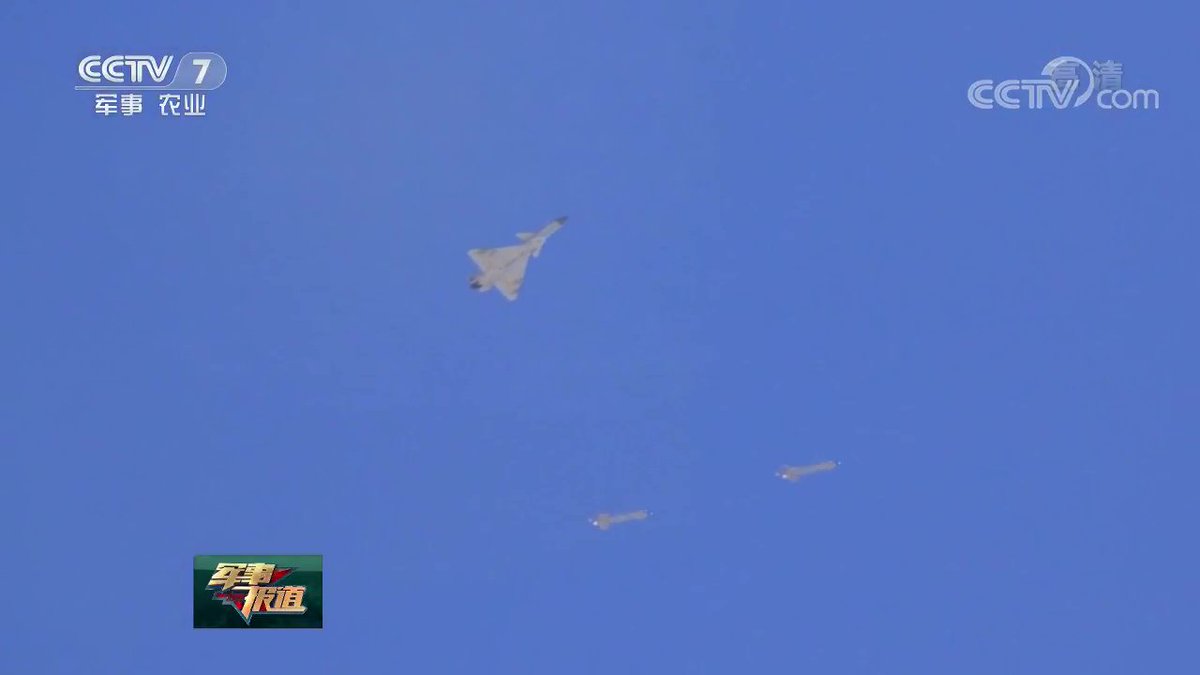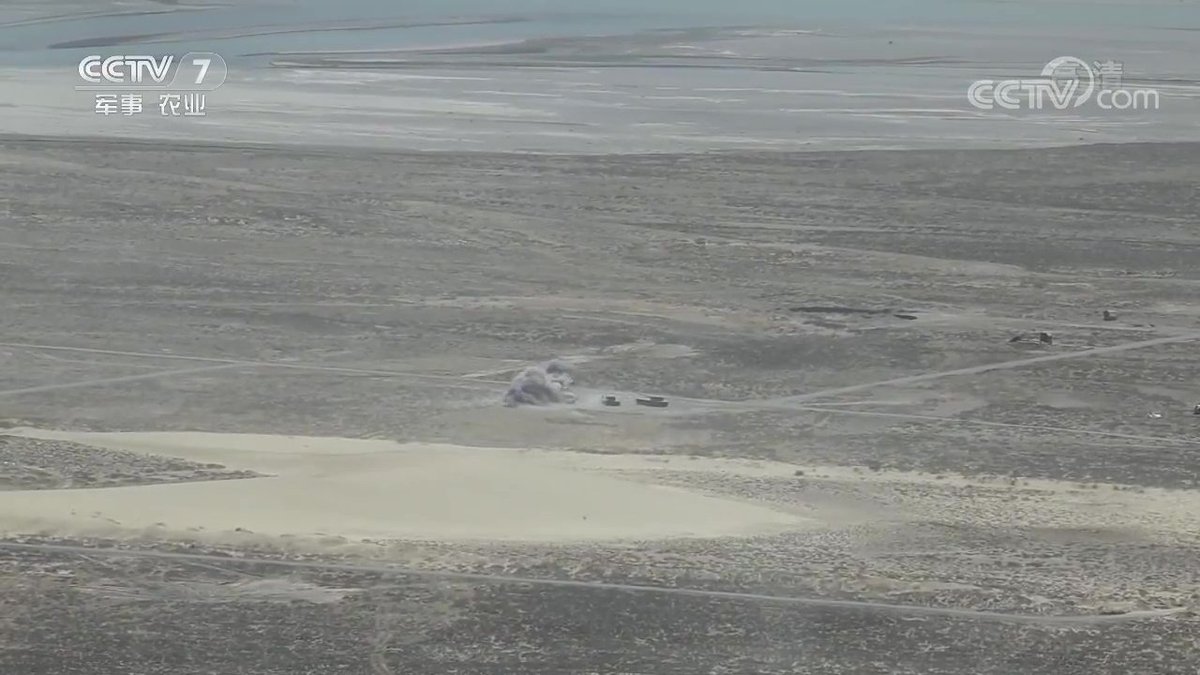I think the Su-57 will be redesigned to improve its manufacturability. Probably after the first 12 aircraft batch is delivered. Currently the manufacturing processes I have seen in Russian documentaries are highly artisanal and not suited for cheap mass production of the aircraft. It seems that the Russians, much like the Chinese and Americans did, will focus on the twin-engine aircraft. This is particularly true in their case because of the large Russian airspace.
However there were plans for a smaller Russian aircraft. In fact I remember hearing about the single engine aircraft project before the PAK-FA was ever announced. The LFI/LFS single engine fighter programs. AFAIK these were cancelled in favor of the PAK-FA. Still I doubt the Russians are happy with the MiG-35 as a replacement in the lightweight fighter category. A large part of the program cost for a new lightweight fighter would be developing the engine and the systems. Once the Russians have the PAK-FA engines and systems working to their satisfaction it would not be that hard to design a single engine aircraft I think. But it might take 8 years or more until we see one from the Russians in production.
What will be interesting is to see if the Chinese will put the TVC J-10 into production or not. Or if that engine will be used for anything other than the demonstrator aircraft.
There is also the issue that the Chinese still have not completely replaced the J-7 in large enough numbers. Or that a large fraction of the J-10s that are in service are older J-10A or J-10B types with seriously degraded radars versus the J-10C. There is a huge difference in terms of radar capabilities between types. Given the age of the airframes is still quite low I think an upgrade program for these aircraft should be put into place.
I also do not expect the Chinese to stop J-10 production until more J-7s are put into pasture.
I think the Chinese will still produce at least 100/150 J-16 aircraft and 150/200 J-10 aircraft before the production of third generation aircraft is stopped.
It depends on how many Q-5 and J-7 aircraft still need to be replaced. I think the Chinese will replace at least half of the J-7s still in service with third generation J-10 aircraft.
Fighter aircraft are always hand made at the beginning. What happens is that manufacturing processes are improved/developed as time goes on.
And do the Russians have the production volumes to support the investment in manufacturing?
And how many billions does a new single engine stealth fighter programme cost?
The Russian economy and military budget will struggle to support this.
I don't see a pressing requirement for additional J-10 to replace the remaining Q-5 and J-7. Additional J-10s don't really add much in a high intensity conflict where air superiority is contested. J-10s are just too vulnerable to opposing stealth fighters.
Hence my view that Chengdu should wind down J-10 production faster to free up resources for the J-20.
J-16 production is still fine as it fulfils a strike role.




